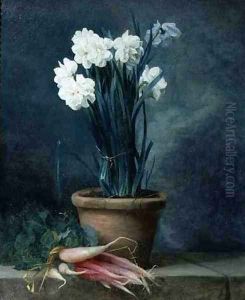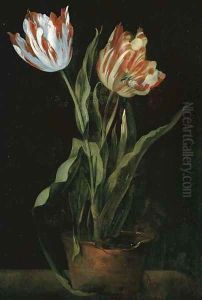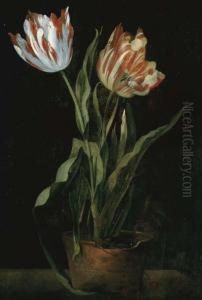Guillaume-Thomas-Raphael Taraval Paintings
Guillaume-Thomas-Raphael Taraval was a French painter, born in 1701 in Stockholm, Sweden. He was the son of François-Thomas Taraval, a decorative artist who worked at the Swedish court. The Taraval family had a significant impact on the artistic scene of the era, with Guillaume-Thomas-Raphael's brothers, Hugues Taraval and Louis-Gustave Taraval, also becoming noted artists.
Taraval began his artistic training under his father's guidance before moving to Paris to further his studies. In Paris, he became a student of the renowned French painter, Jean Restout. Taraval's talent was recognized early on, and he became a member of the Académie Royale de Peinture et de Sculpture in 1735. This affiliation allowed him to work on various royal commissions and projects, which was a prestigious accomplishment for an artist at the time.
His work is characterized by the Rococo style, which was popular during the period. Taraval's compositions often featured religious and mythological scenes, executed with a sense of grace and elegance typical of the rococo aesthetic. He was proficient in fresco and oil painting, and his works can be found in several churches and palaces in France.
Despite his Swedish birth, Taraval spent most of his career in France, where he contributed to the diffusion of the rococo style in religious and secular art. His influences were not limited to painting, as he also provided designs for tapestries and other decorative arts. Taraval's artistic legacy was somewhat overshadowed by the prominence of his contemporaries, yet he is still recognized for his contributions to the period's art scene.
Guillaume-Thomas-Raphael Taraval died in 1750, leaving behind a body of work that, although not as well-known as some of his peers, reflects the artistic tastes and styles that were prevalent in Europe in the 18th century. His works continue to be studied and appreciated for their contribution to the Rococo movement and French art history.


